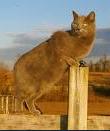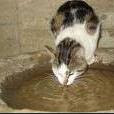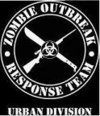In 1989 the American apple industry was sent reeling by an unexpected blow — a lurid “60 Minutes” segment that supposedly exposed the cancer-causing dangers of Alar, a chemical used by some apple growers to synchronize the ripening of fruit. The over-the-top alarmist segment seared into the minds of consumers across the country the image of an apple branded with a skull-and-crossbones.
Consumers reacted quickly, and apple sales plummeted. U.S. growers — including those who had never used Alar — suffered substantial financial losses, with some even forced to declare bankruptcy. As a result, the federal government spent nearly $10 million to support struggling apple growers, with the total impact on growers later found to be upwards of $100 million.
Extensive scientific research subsequently failed to substantiate the supposed risks of Alar at the levels in which it was found in food, exposing the scare as a fraud. The panic was concocted by the environmental alarmist group, Natural Resources Defense Council (NRDC), which benefited financially from this irresponsible PR stunt. In fact, the Wall Street Journal would later reprint an internal memo from NRDC’s PR firm, admitting that they “designed [the Alar campaign] so that revenue would flow back to the Natural Resources Defense Council from the public.” NRDC hit the jackpot, raking in more than $700,000.
NRDC’s historical revisionism concerning Alar is breathtaking — and nauseating. On “60 Minutes” in 1989, NRDC’s Janet Hathaway claimed that Alar is “the most potent cancer-causing chemical in our food supply today …” and “what we’re talking about is a cancer-causing agent used on food that the EPA knows is going to cause cancer for thousands of children.” But this is how that original message was reinterpreted by NRDC in response to a 2000 University of California study which showed that Alar’s supposedly carcinogenic metabolite UDMH is less of a cancer risk than tap water: “The message of that [1989] report might have been muddled by the media, and the public might have over-reacted, because we never said there was an immediate danger from Alar.” continue here
Subscribe to:
Post Comments (Atom)


























































No comments:
Post a Comment